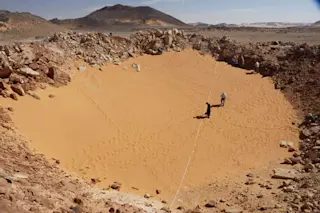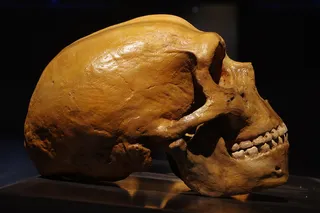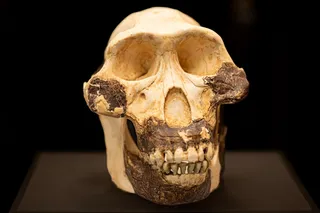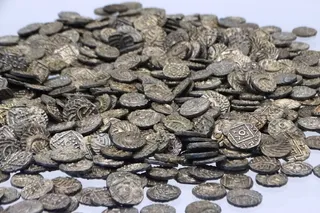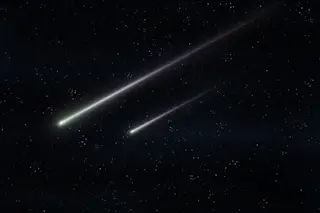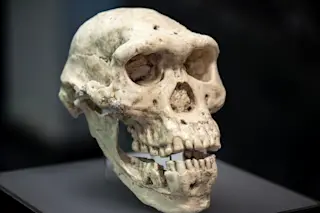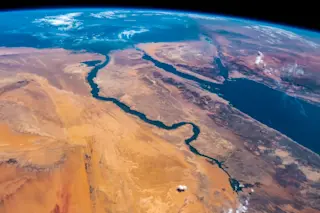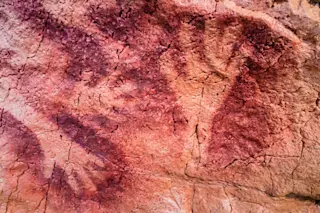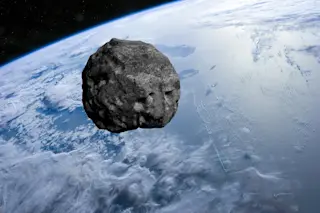Kamil crater, at only about 150 feet wide and 50 feet deep, may not break any size records--but what the Egyptian crater lacks in range it makes up for with cleanliness. In an paper published yesterday in Science, researchers say that its "pristine" impact, spotted in 2009 during a Google Earth survey, makes the crater an ideal model to understand similar impacts. The best place to see a clean crater? Rocky or icy planets without an atmosphere. Earth's weather quickly erodes a crater's structures, making it difficult to determine how exactly a meteorite struck. The Kamil crater, study leader Luigi Folco says, has avoided this fate:
"This crater is really a kind of beauty because it's so well-preserved that it will tell us a lot about small-scale meteorite impacts on the Earth's crust.... It's so nice. It's so neat. There is something extraordinary about it." [Space.com]
The crater rises above ...


